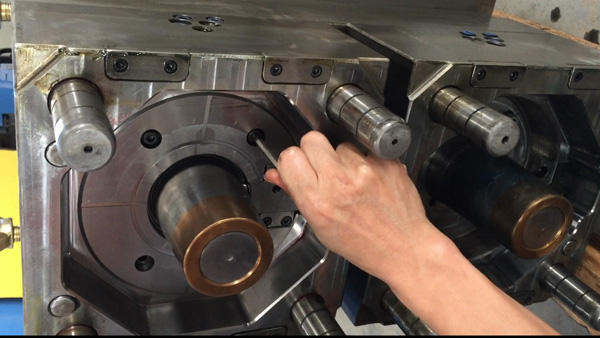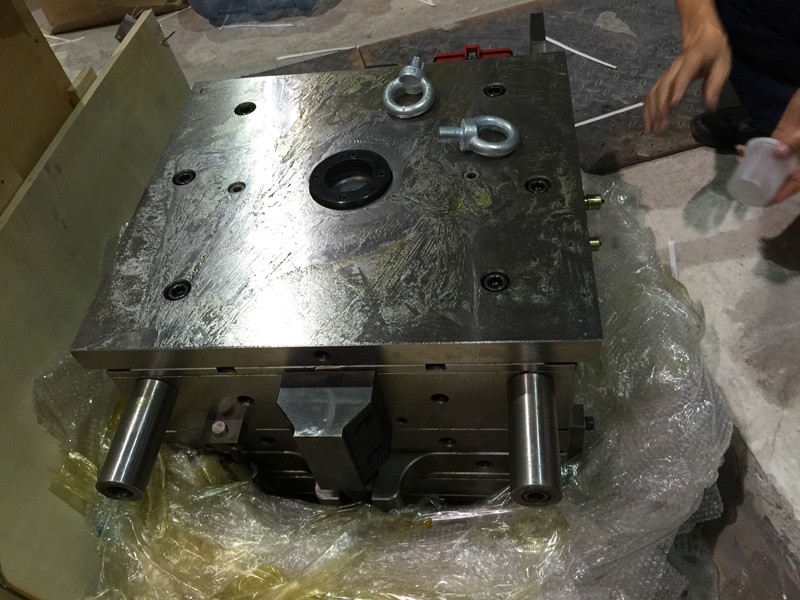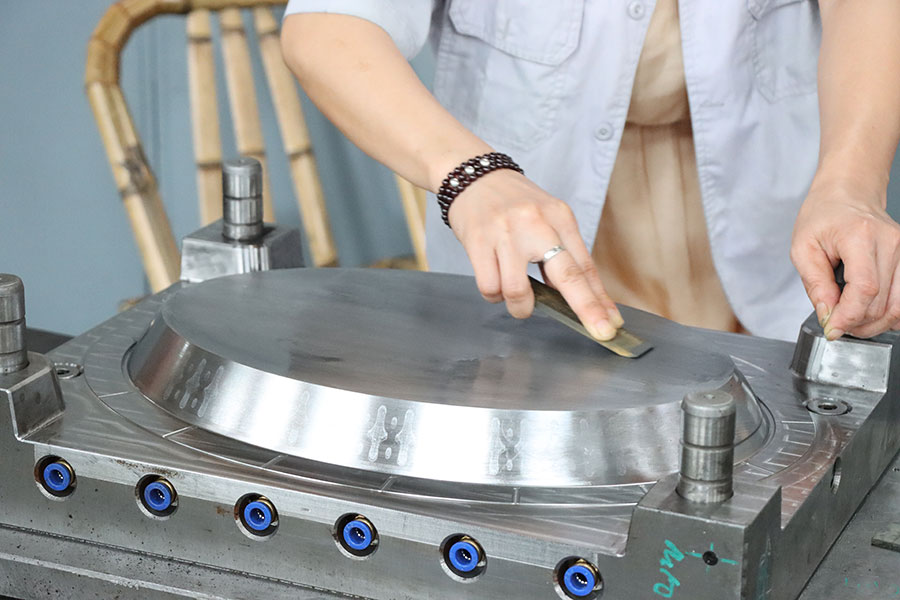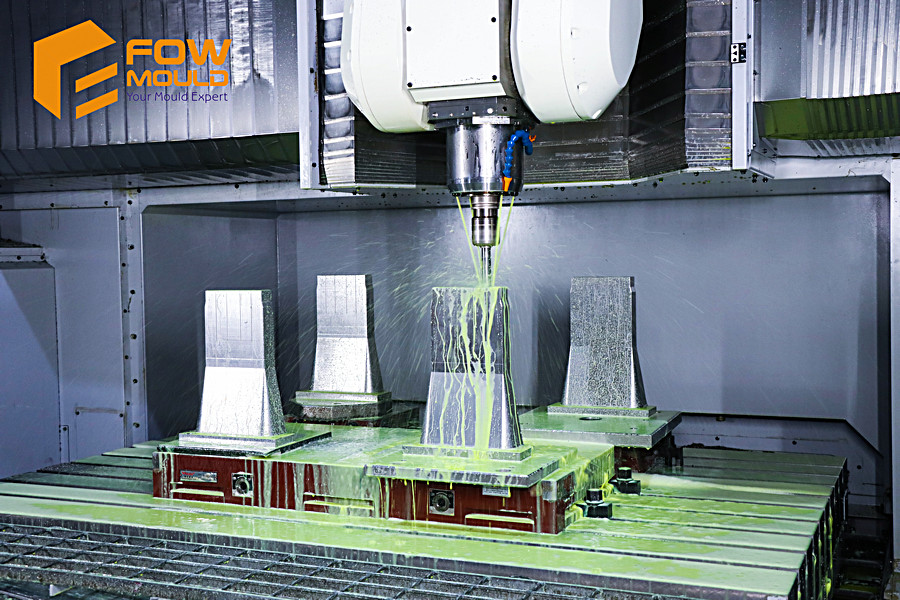Maintenance of Injection Molds: A 10-Step Guide
- Home
- > Blog
- > Maintenance of Injection Molds
Injection molds are essential tools in the plastics industry, facilitating the mass production of complex components. However, without proper maintenance, their performance can diminish, leading to costly downtime and repairs. Here’s a 10-step guide to maintaining your injection molds for optimum performance.
Share :
1-Cleaning
Regular cleaning is essential. Dirt, debris, and residues can impair the performance of the mold and the quality of the products. Use non-abrasive cleaning methods like ultrasonic cleaning or dry-ice blasting to ensure the mold’s integrity.
2-Inspection
After cleaning, inspect the mold for signs of wear, damage, or misalignment. Look for cracks, wear, rust, and other imperfections. Pay close attention to the vents, which can become clogged and lead to part burns or short shots.
3-Lubrication
Lubricate the moving parts of the mold to reduce wear and ensure smooth operation. Use a lubricant that is compatible with the material you are molding to avoid contamination.
4-Polishing
Polish the mold’s surfaces to maintain a good finish on the plastic parts. Do not over-polish since this can alter the mold’s dimensions and lead to part inconsistency.
5-Repair
If you find damaged components during the inspection, repair or replace them immediately. A small problem can quickly become a big one if not addressed promptly.
6-Preventive Maintenance
Implement a preventive maintenance schedule based on the manufacturer’s recommendation and your tool’s specific use history. This should include tasks like checking for looseness in the mold, lubricating, and cleaning.
7-Record-Keeping
Maintain a detailed record of every maintenance activity, including what was done, who performed the work, and when it was completed. This helps track the mold’s performance and provides valuable data for future maintenance schedules.

8-Temperature Management
Ensure the cooling/heating system of the mold works effectively. Temperature variations can cause stress, leading to cracks and warping in the mold.
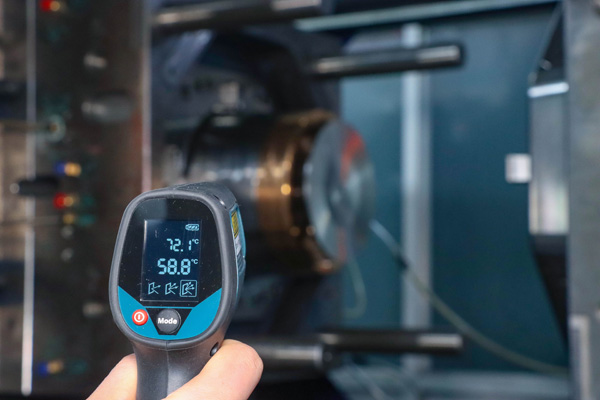
9-Storage
When not in use, store the mold in a controlled environment to prevent rust and degradation. Seal it properly and keep it in a dry, temperature-controlled area.
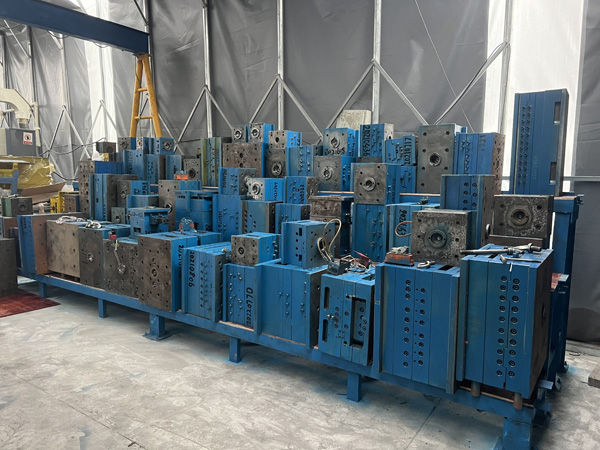
10-Training
Lastly, train your staff on proper mold handling, maintenance, and safety procedures. The longevity of a mold is greatly influenced by the way it is treated daily.
By following these steps, you can extend the life of your injection molds, improve product quality, and reduce costly downtime. The key is consistency; regular maintenance is far less expensive than repairing or replacing a damaged mold.




